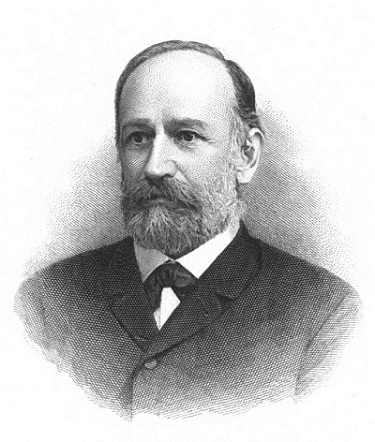
Josef Stefan was a brilliant Austrian physicist who studied radiation. He is credited with empirically deriving the relationship between the radiant energy of a blackbody and its temperature, known as the Stefan-Boltzmann law.
Background
Josef Stefan grew up in a small village outside of what is currently Klagenfurt, Austria. At the age of 18, he began his studies at the University of Vienna, where he would later become a professor. By the age of 34, Stefan was already the director of the Physical Institute at the university.
Discovery of the Stefan-Boltzmann Law
Experimental physics was, in fact, Stefan’s strong point, as he empirically derived the relationship between the radiant energy of a blackbody and its temperature in 1879. Based on experiments performed by John Tyndall, a fellow 19th-century physicist, he concluded that the radiant heat energy was proportional to the fourth power of temperature.
Ludwig Boltzmann, a former PhD student of Stefan’s, theoretically derived the relation five years later. (That’s pretty good teamwork, if you ask me.) Together, this is known as the Stefan-Boltzmann law, which is formulated as, q = σT4, where q is the total energy, T is the temperature, and σ is the Stefan-Boltzmann constant, which is 5.670373e-8 [W/(m^2*K^4)], as we can see in the documentation for the COMSOL Multiphysics® software.
Uses of the Stefan-Boltzmann Law
With the discovery of his law, Stefan was the first person to come close to accurately calculating the surface temperature of the sun. His calculations estimated it to be a staggering 6000°C. Since its discovery, the Stefan-Boltzmann law has been used to calculate the temperature of other stars and objects as well.
Perfect Blackbodies
The law is only applicable for objects that are a perfect blackbody, which have a surface emissivity of 1. Most objects lie somewhere between 0 and 1, with 0 meaning the surface emits no radiation and 1 signifying that the object is a perfect blackbody. When accounting for surface emissivity, the equation becomes q = εσT4. (This very equation is used in the Heat Transfer Module for the radiation physics interfaces.)
Other Contributions
While the Stefan-Boltzmann law is considered to be Josef Stefan’s greatest discovery, he had many other important contributions on the subject of heat transfer, including heat conduction in gases and fluids, diffusion, and the relationship between evaporation and surface tension. He even has a research institute named after him, located in Slovenia.






Comments (0)